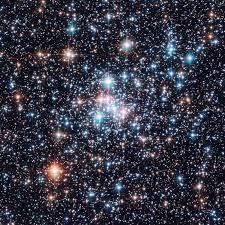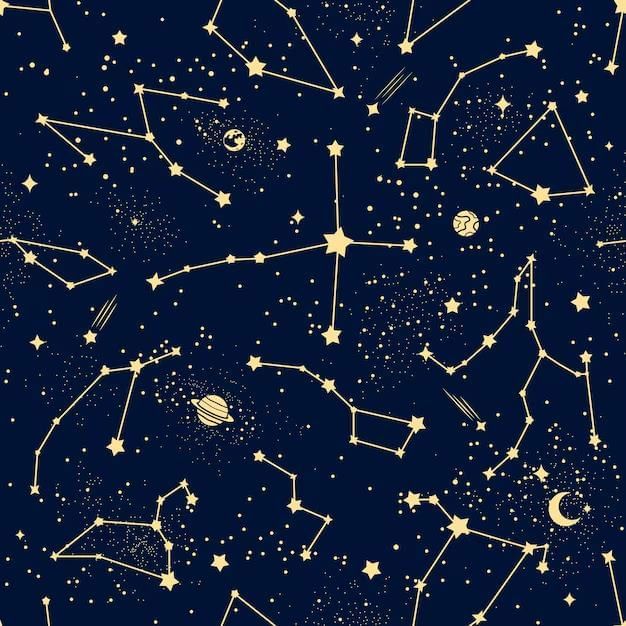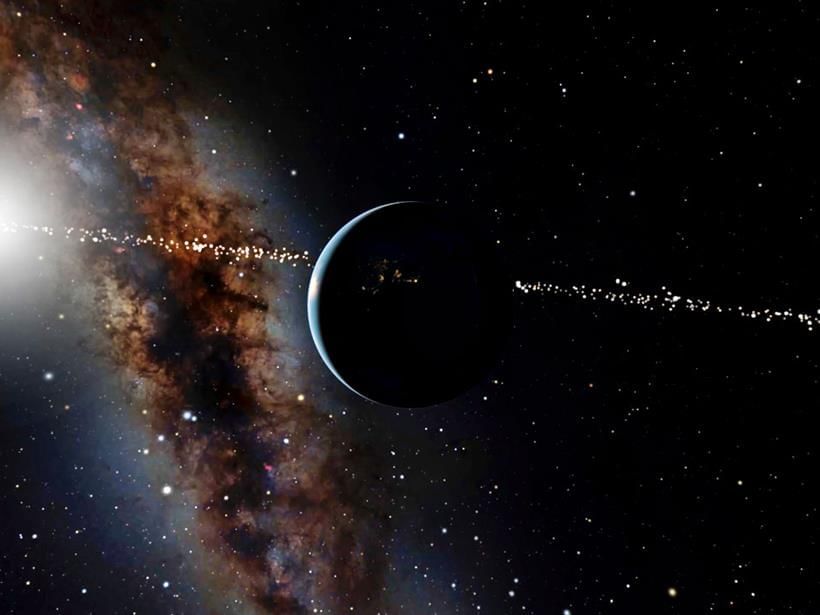Grade 5 Exam > Grade 5 Notes > Science for Grade 5 > Chapter Notes: Stars and Their Patterns
Stars and Their Patterns Chapter Notes | Science for Grade 5 PDF Download
| Table of contents |

|
| Introduction |

|
| What Are Stars? |

|
| Star Patterns (Constellations) |

|
| Observing Stars and Their Patterns |

|
| Connection to Earth |

|
Introduction
Stars light up our night sky and have fascinated people for a long time. In this chapter, we will learn about what stars are, how they form patterns called constellations, and how we can observe them. We will also explore how stars connect to Earth, helping us understand day and night, navigation, and even the seasons. Get ready to discover the wonders of the night sky!
What Are Stars?

- Stars are bright objects in the sky that make their own light and heat.
- The sun is a star that is much closer to Earth than other stars.
- Because the sun is close, it looks bigger and brighter than other stars.
- Stars look like tiny dots of light in the night sky because they are very far away.
- Stars twinkle because of the air in Earth’s atmosphere moving around.
- For young learners, stars can be described as “lights in the night sky” that we see when it’s dark.
Star Patterns (Constellations)

- Constellations are groups of stars that form shapes or patterns in the sky.
- People named constellations after animals, people, or objects, like the Big Dipper or Orion.
- Recognizing Patterns:
- Long ago, people looked at stars and connected them like dots to make pictures.
- The Big Dipper looks like a ladle or spoon in the sky.
- The Little Dipper is smaller and has a bright star called the North Star (Polaris) at the end of its handle.
- Purpose of Patterns:
- Constellations help people find directions, like using the North Star to find north.
- People also use constellations to tell stories about the sky.
Observing Stars and Their Patterns

- Night Sky Observations:
- We can see stars at night because the sun’s light does not block them.
- Stars are always in the sky, but we only see them when it is dark.
- Patterns Stay the Same:
- Constellations keep their shapes over time and do not change.
- Stars look like they move across the sky at night because Earth is spinning.
- For young learners, we say “the stars move across the sky at night.”
- Seasonal Changes:
- Different constellations are visible at different times of the year.
- This happens because Earth moves around the sun, changing our view of the sky.
Connection to Earth

- Earth’s Rotation:
- Stars seem to move across the sky because Earth is spinning.
- For young learners, we say “Earth turns, making the stars look like they move.”
- Day and Night:
- The sun, which is a star, lights up the day, so we cannot see other stars.
- At night, when the sun is not visible, we can see other stars in the sky.
- This connects stars to Earth’s cycle of day and night.
- Human Uses:
- People use stars to find directions, like sailors using the North Star to navigate.
- Stars also help people know when to plant crops by marking different seasons.
The document Stars and Their Patterns Chapter Notes | Science for Grade 5 is a part of the Grade 5 Course Science for Grade 5.
All you need of Grade 5 at this link: Grade 5
|
44 videos|128 docs|19 tests
|
FAQs on Stars and Their Patterns Chapter Notes - Science for Grade 5
| 1. What are stars made of? |  |
Ans.Stars are primarily composed of hydrogen and helium gas. In their cores, stars undergo nuclear fusion, a process that converts hydrogen into helium and releases energy in the form of light and heat. This fusion process is what makes stars shine.
| 2. How are constellations formed? |  |
Ans.Constellations are formed by grouping stars into specific patterns based on their positions in the sky. Ancient cultures created these patterns to identify and name groups of stars, often associating them with myths, legends, or animals. The arrangement of stars in constellations can vary based on the observer's perspective and location on Earth.
| 3. Why do stars twinkle? |  |
Ans.Stars appear to twinkle because of the Earth's atmosphere. As light from a star passes through different layers of the atmosphere, it is refracted or bent, causing the light to change direction slightly. This effect can make stars look like they are flashing or changing brightness, especially when they are low on the horizon.
| 4. How can I observe stars and constellations? |  |
Ans.To observe stars and constellations, find a dark area away from city lights. Use a star map or a stargazing app to help identify constellations. It’s best to observe on clear nights when the moon is not too bright. Binoculars or a telescope can enhance the viewing experience, but many constellations can be seen with the naked eye.
| 5. What is the connection between stars and Earth? |  |
Ans.Stars are connected to Earth in several ways. They provide light and heat, which are essential for life. The positions of stars have historically helped with navigation. Additionally, the elements formed in stars contribute to the formation of planets, including Earth, making stars an integral part of the universe and our existence.
Related Searches


















